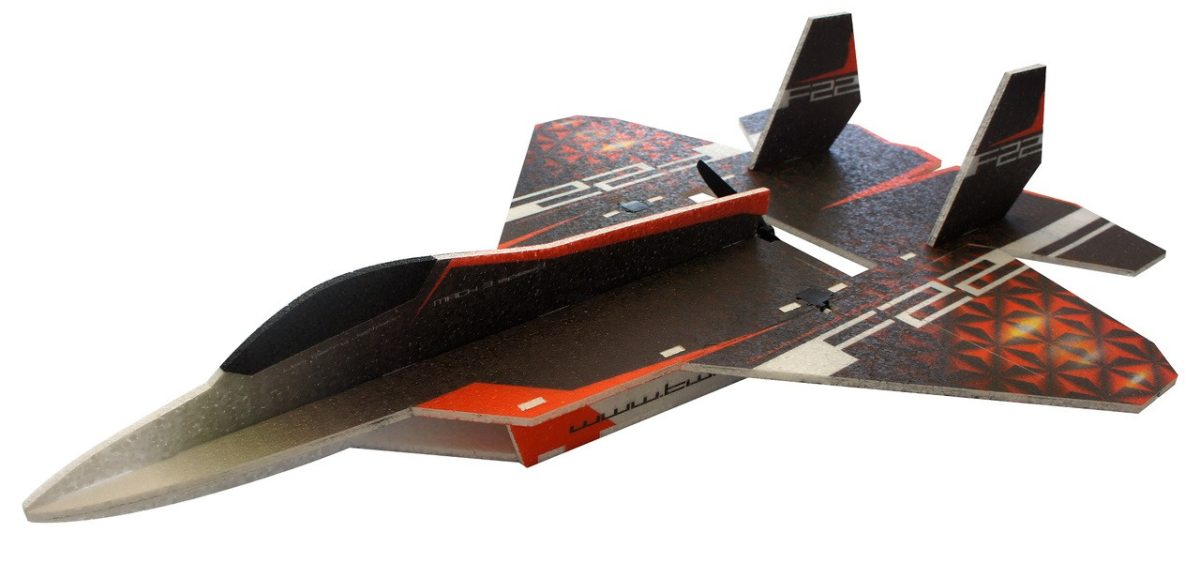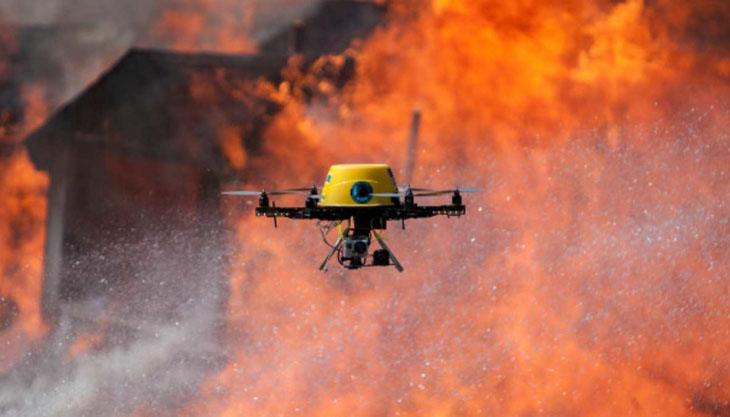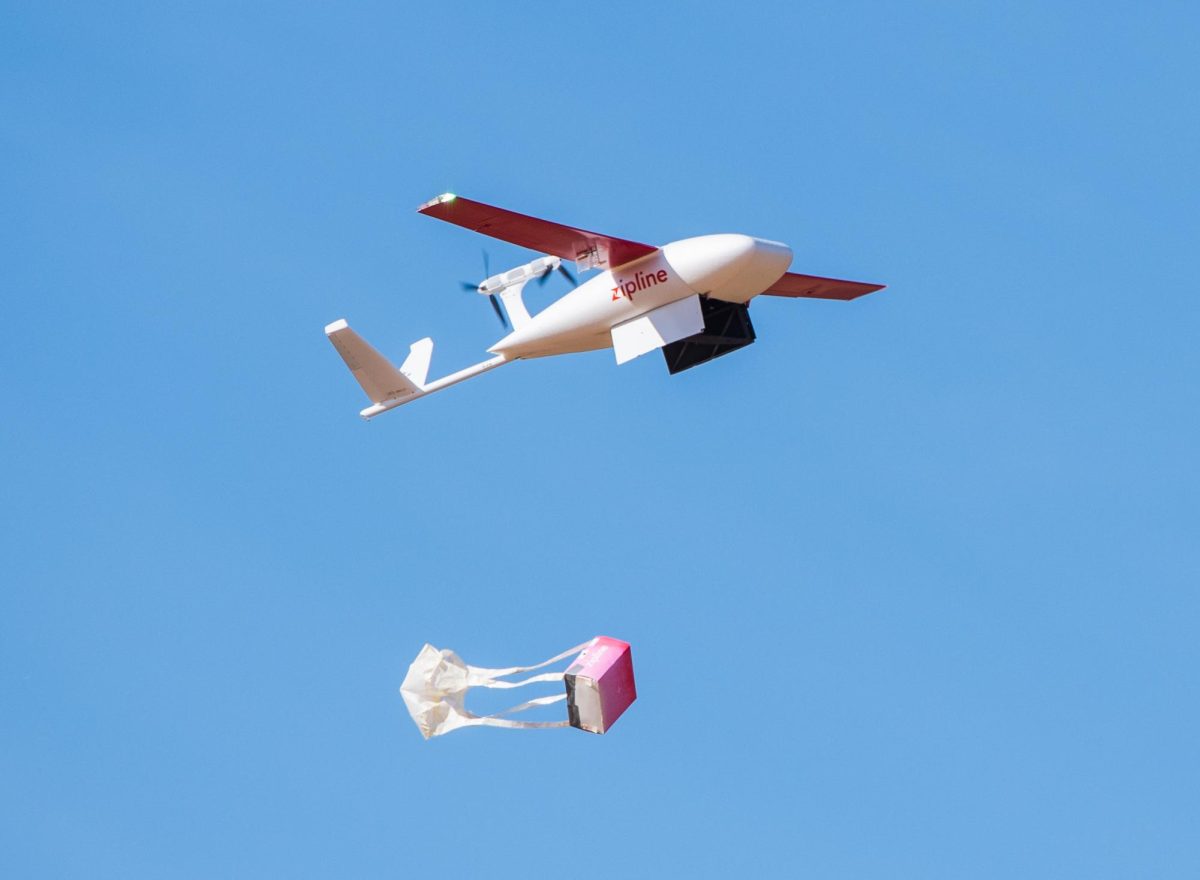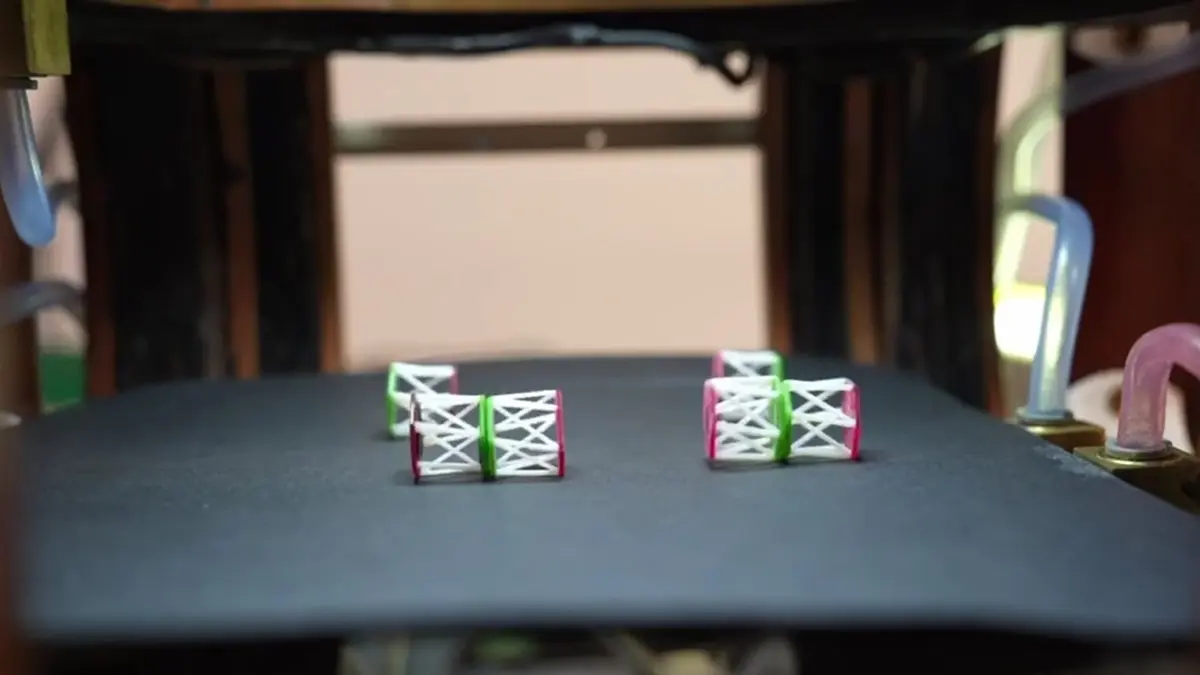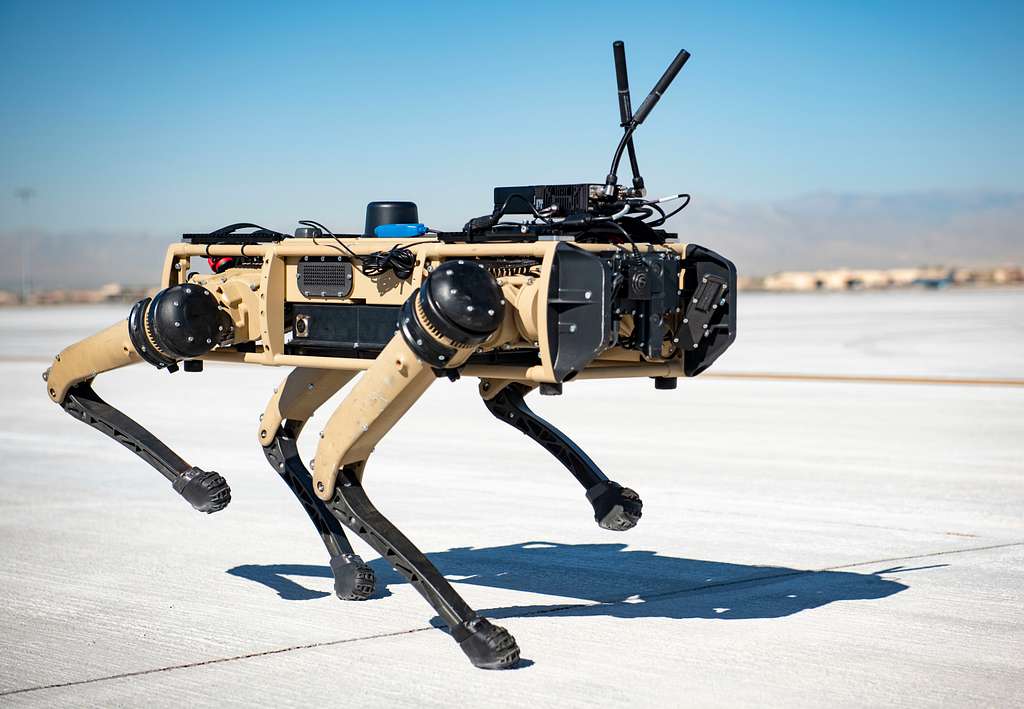In recent years, unmanned aerial vehicles (drones) have advanced from hobbyist gadgets to serious contenders in logistics and delivery. Companies like Zipline, Wing (owned by Alphabet), Amazon’s Prime Air, and Flytrex are already deploying drones to move small packages, medical supplies, and groceries in real settings. Drone delivery is being piloted in multiple U.S. cities under regulation by the Federal Aviation Administration (FAA) and in rural or hard-to-reach regions around the world. As the supporting infrastructure (air traffic management, battery technology, regulatory frameworks) improves, drones hold potential to reshape how goods move in “last-mile” delivery.
Drones are being used today in several specialized and growing applications. One well-established use is delivering medical supplies, especially to remote or geographically challenging areas. For instance, drones deliver vaccines, blood, or lab samples, cutting down time where roads or terrain slow conventional transport. In urban and suburban areas, companies like Wing and Amazon are experimenting with drone delivery of groceries, retail goods, and small parcels, promising delivery times of minutes instead of hours. Drone flight paths are increasingly coordinated through “unmanned traffic management” (UTM) systems, allowing multiple operators to share airspace safely. In some regions, drone food delivery is being trialed by services such as DoorDash and Uber in partnership with drone firms.
Whether drones can replace trucks in a cost-efficient way depends heavily on context (urban vs rural, parcel size, regulatory costs, energy costs). Some studies suggest that electric drones outperform diesel trucks (in terms of cost per delivery) in low-density or rural settings, largely because of lower labor and fuel costs. Moreover, the high degree of automation in drone delivery may reduce ongoing labor expenses. Another modeling study shows that switching between truck-only and drone-assisted deliveries can reduce logistics costs by 17 % to 31 % under favorable demand conditions. However, the picture is more complex: the energy required for takeoffs and landings for each drone mission can be high, limiting drone advantages in dense urban zones or for heavier parcels. Also, some real-world experiments have revealed that cost per package via drone may reach tens of dollars in unfavorable cases, meaning scaling and optimization are critical (Walmart ended some drone programs for cost reasons). In hybrid systems combining drones and trucks, drones could reduce overall truck loads, lowering emissions and operating costs—some studies estimate a 20–30 % cost reduction in certain delivery networks.
The societal effects of more widespread drone delivery could be both positive and challenging. On the positive side, drones could lower barriers to delivery in underserved regions, improving access to essentials in rural or low-infrastructure areas. Faster delivery times might shift consumer expectations, fostering “on-demand everything” services. Reducing reliance on ground vehicles could lead to lower traffic congestion, fewer road accidents, and reduced emissions in some zones. On the other hand, widespread drone use raises concerns: noise pollution, privacy (drones flying over private property), airspace safety, job disruptions in traditional delivery industries, and regulatory or public resistance. Some communities have pushed back on drone operations due to noise or visual intrusion. There is also the question of equity: will drone delivery be available widely or only in wealthier neighborhoods? Mitigating such concerns will require smart regulations, community engagement, and technical safeguards like geofencing and low-noise design.
Thinking more locally, drones could transform how we do errands like buying groceries or picking up household items. Imagine a neighborhood “drone hub” or micro-warehouse nearby: when you order, a drone could pick up your items and fly them to your backyard within 10 or 15 minutes. Because drones fly directly rather than following roads, they could bypass traffic and congestion. For small, light items (groceries, medicines, electronics), drones could reduce the time you spend traveling, reduce reliance on personal cars, and help people with mobility challenges. Also, for urgent items (say, you forgot to get milk or medicine), drone delivery could make spontaneous errands unnecessary. In hybrid systems, a truck could carry many packages to a local hub, and drones radiate outward for final drop-offs, optimizing the best mode for each leg.
In conclusion, drones are already carving out meaningful roles in delivery, especially in healthcare and last-mile logistics, and pilot programs by major retailers are scaling incrementally. Their cost efficiency relative to trucks depends on parcel size, density, energy use, and regulatory overhead, but hybrid models appear promising. The broader societal impact could include faster access, lower emissions, and delivery equity—balanced against challenges in privacy, job disruption, and public acceptance. For middle school engineers, the drone-delivery paradigm represents an exciting frontier: small flying robots that might one day replace part of the ground traffic we see every day. With careful design, smart regulation, and community dialogue, drones could turn errands like grocery shopping from drives into skyward deliveries.
References
Amazon. (2025, May 20). Amazon’s drones deliver items in 60 minutes or less—here’s how we simplified the process. https://aboutamazon.com/news/
McNabb, M. (2025, May 28). Flytrex and Wing launch first UTM-enabled drone delivery collaboration in U.S. https://dronelife.com/2025/05/
Garg, V., et al. (2023). Drones in last-mile delivery: a systematic review on efficiency, accessibility and sustainability. https://www.sciencedirect.com/science/article/abs/pii/S1361920923002286
Lu, J., et al. (2025). Dynamic switching models for truck-only delivery and drone-assisted truck delivery under demand uncertainty. https://arxiv.org/abs/2508.
Bao, D., et al. (2024). The future of last-mile delivery: lifecycle environmental and cost comparison. https://www.mdpi.com/2504-446X/9/1/54
Raghunatha, A., et al. (2023). Critical assessment of emissions, costs, and time for last-mile delivery by drones vs. trucks. https://www.nature.com/articles/s41598-023-38922-z
Wipro. (2025). The future of delivery with drones: contactless, accurate, and high speed. https://www.wipro.com/
Zhang, D., et al. (2024). Advancing social equity in urban UAV logistics. https://www.mdpi.com/2504-446X/8/11/688
The Verge. (2024, August 16). Walmart is ending DroneUp deliveries in three states. https://www.theverge.com/2024/


